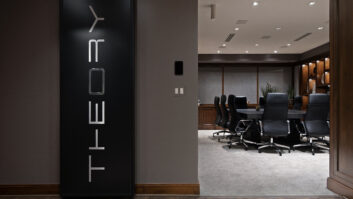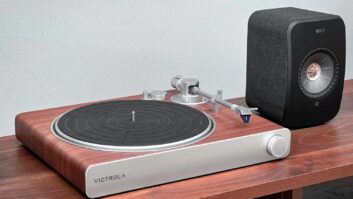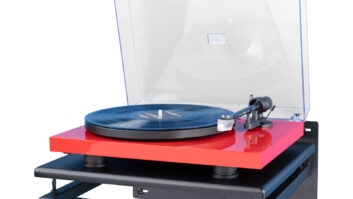It’s going to be years before Internet audio portables hit the mainstream, but many suppliers at CES are entering the category or expanding their selection.
Audiovox, Casio, Digitra Systems, Spectra Merchandising (under the Jensen name), Philips, Samsung, Sharp and Sony are just some of the newcomers who are showing new products in the category, which is growing to include car audio head units and wireless phones equipped for Internet audio playback.
MP3 decoding is appearing here in car audio products from Aiwa, Alpine, Blaupunkt, Clarion, Jensen and Rockford Fosgate. It’s also being built into a Casio watch, wireless phones from Samsung and Standard Telecom, and a snap-on accessory for Ericsson wireless phones.
In the meantime, current suppliers — including I-Jam and Creative Labs — are expanding their selection.
Other companies are being more cautious. Although Pioneer will show re-badged Sony portables, it hasn’t made a decision to market the products in the U.S., said Kaz Yamamoto, president of Pioneer North America. For Pioneer, portable audio is “not a core product,” he said, but “as we find it becoming important, we will, of course, follow.”
Aiwa is showing a CD-receiver with built-in MP3 decoding to play back MP3 CDs, but it will hold off Internet audio portables and shelf systems until the second half at the earliest, said senior marketing VP Akio Imanishi.
Al Arras, Thomson executive VP of audio and communications, agreed that it will take awhile for the numbers to hit the mainstream. Nonetheless, Thomson is struggling to keep up with demand for its 64MB Lyra, which the majority of Lyra purchasers prefer over the 32MB version, he said.
Short supplies of flash memory and other components have conspired to keep supplies tight through most of last year, some suppliers said. “They’re not simple products to build,” said I-Jam president Doug Marrison, “and flash memory in general had been in short supply.” But by December, he said, “people were finding ways to get the memory and get product into the market.”
“As supplies open up this year, the majority of consumers will be using the players to record tracks from their favorite CDs, not download audio from the Web, Thomson’s Arras said.
“People use it much more today for … arranging their own music,” he said. “Our numbers show a majority of people who buy these products have their own music collections and take the cuts they want out of their CDs and make one Compact Flash card of their greatest hits. They are not going through the whole process of downloading, even though everything we talk about is ultimately music from the Internet.”













